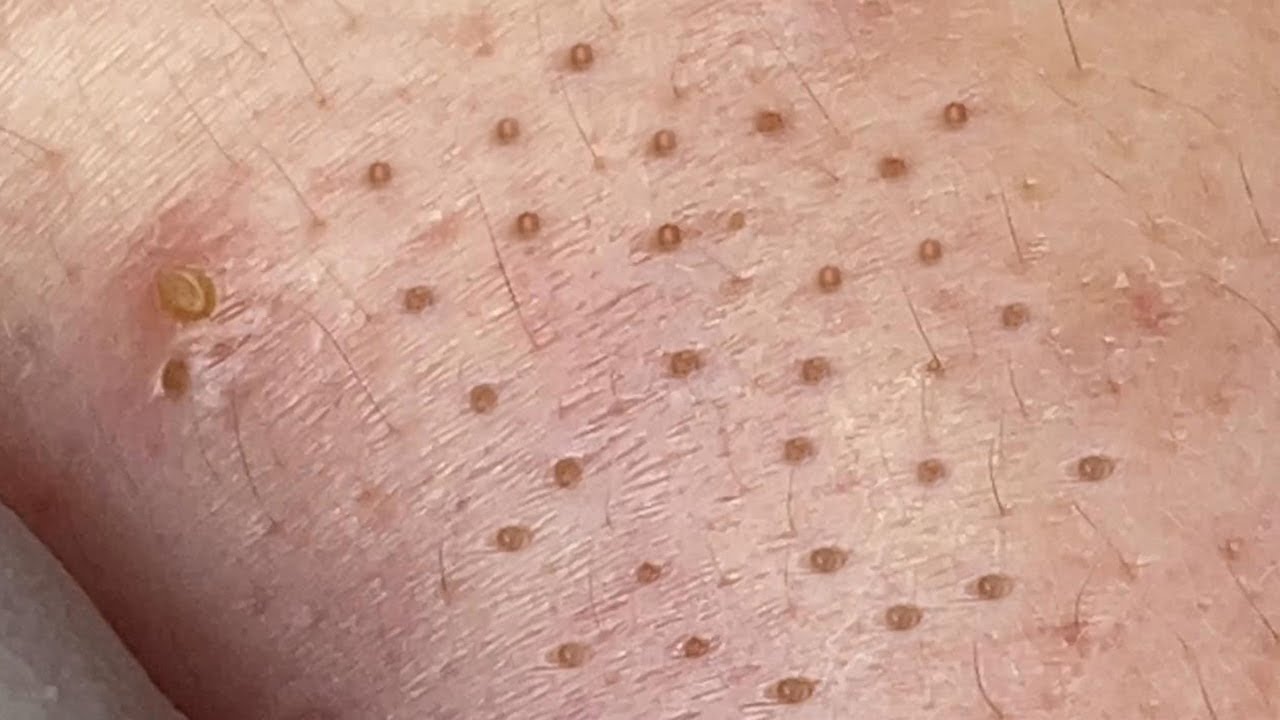Click Button Play To Watch Full Video 👇👇
What Your Acne Means By Location According to A Dermatologist
Acne is a prevalent skin condition that can affect individuals of all ages, and its location can provide crucial insights into its underlying causes. Dermatologists often analyze the specific areas of the face and body where acne occurs to identify potential triggers and recommend effective treatment strategies. By understanding these patterns, individuals can better manage their skin health.
Forehead and T-Zone Acne
Acne in the T-zone, which includes the forehead, nose, and chin, is typically associated with excess oil production. This area is home to a high concentration of sebaceous glands, making it more prone to breakouts. Hormonal fluctuations, particularly during puberty or menstruation, can lead to increased oil secretion. Stress, poor dietary choices (like high sugar and dairy intake), and certain medications may also contribute to this condition.
To address forehead and T-zone acne, maintaining a consistent skincare routine is vital. Using a gentle cleanser containing salicylic acid can help unclog pores and reduce oiliness. Regular exfoliation is important to remove dead skin cells, which can contribute to clogged pores. Additionally, avoiding heavy hair products that can transfer to the forehead can prevent further breakouts.
Cheek Acne
Cheek acne can arise from a variety of factors, including environmental irritants, hormonal fluctuations, and lifestyle habits. This area is particularly susceptible to external influences like pollution and the use of cosmetics that may clog pores. Hormonal changes in women, especially during their menstrual cycles, can lead to breakouts, often appearing as painful cysts or inflammatory lesions.
To manage cheek acne, it’s crucial to use non-comedogenic skincare and makeup products. Regularly cleaning personal items that come into contact with the face—such as phones and pillowcases—can significantly reduce the risk of breakouts. Incorporating gentle exfoliation into your routine can also help improve skin texture and minimize the likelihood of clogged pores.
Chin and Jawline Acne
Acne on the chin and jawline is frequently linked to hormonal imbalances. For women, this type of acne can be exacerbated by conditions like polycystic ovary syndrome (PCOS) or hormonal fluctuations related to menstruation. It often presents as deep, painful cysts that resist topical treatments.
For chin and jawline acne, consulting a dermatologist is recommended. Hormonal therapies, including oral contraceptives, can help regulate hormone levels and reduce breakouts. Incorporating retinoids into your skincare regimen can promote cell turnover and prevent clogged pores.
Back and Shoulder Acne
Back and shoulder acne, commonly referred to as “bacne,” is often the result of a combination of sweat, friction, and oil buildup. Tight clothing, particularly during exercise, can trap sweat and bacteria against the skin, leading to breakouts. Additionally, heavy lotions and creams can clog pores in these areas.
To effectively manage bacne, using body washes with salicylic acid or benzoyl peroxide can be beneficial. Wearing breathable fabrics and promptly changing out of sweaty clothes after workouts can help reduce breakouts. Regular exfoliation can also aid in preventing clogged pores on the back and shoulders.
Conclusion
The location of acne on the face and body can offer valuable clues about its causes and how to address it. By paying attention to these patterns and consulting with a dermatologist, individuals can tailor their skincare routines and lifestyle choices to combat and prevent future breakouts. Understanding the relationship between acne and its location fosters a greater awareness of overall skin health, leading to clearer skin and improved confidence. With the right strategies, achieving healthier skin is attainable.
